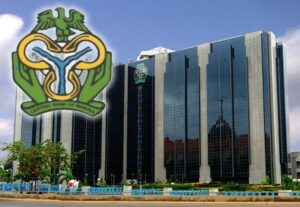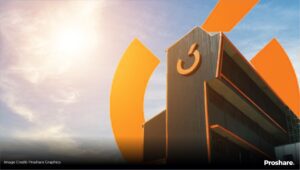FG’s revenue-boosting measures to cut loan-service ratio by half — DMO
The Nigerian government’s efforts to boost revenue will help reduce its loan-service ratio by almost a half in the medium-term, the head of the nation’s Debt Management Office said.
President Bola Tinubu’s government is targeting revenue growth to help fund an ambitious reform program focused on accelerating growth in Africa’s biggest economy and lifting 100 million people out of poverty.
A low tax take has forced the government to rely significantly on borrowing to meet its public spending needs, complicating efforts to rein in debt and fund infrastructure, education and health projects.
“One of the things that this administration has taken on very early in the day is how to grow revenue,” DMO Director-General Patience Oniha said in an interview in the capital, Abuja, on Tuesday. “For us that is very spot on. We need to grow revenue.”
Nigeria’s public debt has increased seven-fold to about 77 trillion naira ($100 billion) since 2015, according to the DMO. Servicing those loans consumed 96 percent of its revenue last year, up from 83 percent the year before.
The World Bank estimates that at 7 percent of GDP in 2021, Nigeria’s revenue ratio was among the five lowest in the world. Despite recent reforms implemented by the government, tax collection is still “far below their potential” and non-oil revenue potential is estimated to be double the current collection rate, the Washington-based lender said in a report in November.
The measures being taken to boost revenue could boost the ratio to as much as 20 percent over the coming four years, Oniha said. That would place Nigeria alongside countries like South Africa and members of the Organization for Economic Cooperation and Development, she said.
Nigeria’s debt stock — estimated at about 87 trillion naira ($106 billion) in June — is however expected to continue growing to as much as 60 percent of gross domestic product, similar to nations like Canada, Oniha said. She played down concerns that the debt profile is unsustainable, given the structure of the loan profile.
About 60 percent of Nigeria’s external debt, which amounted to about $41 billion in June, comprises concessional and semi-concessional loans, making them “relatively low-cost,” while the loans also aren’t all due simultaneously.
More than 70 percent of the nation’s domestic loans are spread across a range of 3 to 30 years. That is supported by a developed domestic bond market where the government can issue securities, along with a large investor base and pension-fund industry, she said.




